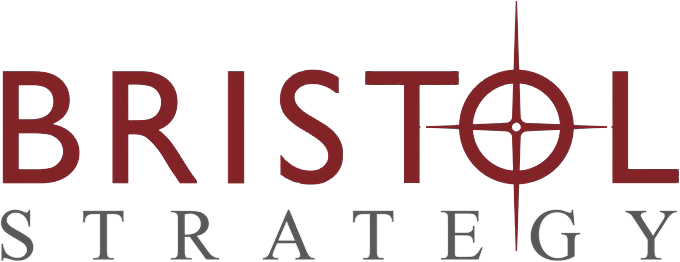Whether you’re fundraising for an elementary school, a cheerleading team, or a growing nonprofit, product fundraisers are a great way to engage your donors because they get a little something in return for their generosity and dedication to your cause! After all, it’s hard not to love making a difference for an organization you care about when you also receive a small treat in the process.
Despite all there is to love about this high-profit fundraiser, some organizations still struggle to find their footing with these types of campaigns. One of the most common challenges nonprofits encounter is that their donors don’t feel connected to the campaign or product they’re selling.
That’s why it’s so critical to customize your product fundraiser for your donor base. Designing a campaign around your donor data will ensure you generate the excitement and support needed to push your campaign across the finish line and achieve your fundraising goal.
In this guide, we’ll give you a leg up by detailing four strategies for customizing your product fundraisers. Let’s jump in!
1. Analyze your donor data.
It’s impossible to customize your product fundraiser to your donors’ preferences if you don’t have a solid understanding of who your donors are. To foster this understanding, review your donor data. Leverage your organization’s constituent relationship management (CRM) platform to better understand who your donors are and how you can best connect with them through a product fundraiser.
Here’s what you’ll want to focus on as you dive into your donor database:
- Age groups: Different generations have different preferences when it comes to charitable giving. For example, if your donor base is made up of mostly older supporters, that may affect what product you choose to sell or the marketing channels you use to promote your campaign.
- Typical donation method: Take a closer look at how your donors usually give to your nonprofit. Do they frequently use your online donation form, mail in donations, or write checks at your fundraising events? This information can guide your fundraiser’s format, helping you determine whether you’ll be selling products in person, online, or both.
- Average donation size: Your organization’s average donation size can also help you determine what products your supporters might respond to best. If your donors typically give hundreds of dollars at a time, they might be more likely to buy a large product, like artwork or high-quality holiday decorations. But if your organization is fueled by many moderately-sized donations, a small product that you can sell a lot of (like lollipops or chocolate bars) will probably be your best bet.
- Values and interests: You’ve likely collected some qualitative data in your CRM as well that can help add depth to your donor engagement strategy. Review your data to learn about donors’ shared values and interests. For example, if your donors value quality time spent with family, you might sell a product that can be enjoyed as a group, like popcorn. Or, if your donors love to drink coffee, selling branded coffee mugs or gourmet coffee beans might be a great campaign pick.
Once you’ve examined your donor data, try creating a donor persona that can guide the rest of your product fundraising planning. Coming up with an imaginary person who can act as a representation of your donor base can be helpful as you plan out your marketing strategy, selling tactics, and thank-you efforts.
2. Examine your previous campaigns.
Analyzing the donor data in your CRM will give you insight into who your donors are and how they interact with your organization. However, you’ll also need to take a look at your organization’s past campaigns to understand which tactics have worked and which haven’t. With this knowledge, you can retain donors’ support and improve your current campaign’s earning potential.
To identify the types of campaigns your donors have responded well to in the past, ask yourself these questions:
- Which past campaigns have generated the most excitement?
- Which past campaigns have generated the most revenue?
- What formats have our most successful campaigns taken (hybrid, in-person, virtual)?
- How did most people hear about our past successful campaigns?
- What do’s and don’ts have we learned from our past campaigns that can inform how we plan our upcoming product fundraiser?
Taking the time to learn from your past successes (and failures!) is a valuable exercise. Throw open your old calendars and take a look at the events, online fundraisers, social media campaigns, peer-to-peer campaigns, and in-kind donation drives that you’ve previously conducted.
As you do so, you may notice that it would be beneficial to combine two or more different types of campaigns. For example, if your supporters love to attend events, plan a product fundraiser that coincides with a fun event, like a carnival where you sell cotton candy or a family field day with pizza for sale. You could also add a peer-to-peer fundraising component to your carnival, encouraging staff and volunteers to share their own customized donation pages in the weeks leading up to the event to generate more support.
3. Select a product your donors will love.
Once you’ve done your research to get to know your donors and determine what your product fundraising campaign will look like, it’s time for the fun part—deciding what you’re going to sell!
The type of campaign you’ve chosen might lend itself to a natural product choice. For example, ABC Fundraising recommends selling popcorn because of its high earning potential, which would pair perfectly with a family movie night.
Still, you might need to dig a little deeper to find a product that your supporters will be excited to buy. Look for a product that is:
- Fun or useful. Sometimes when you go grocery shopping, you get something practical, like broccoli and bananas. Other times, you get a treat, like rocky road ice cream. Donors are the same way! Sometimes they want fundraising products that are pragmatic, and sometimes donors like to treat themselves! Keep this in mind when you try to decide between products like a discount card or a tub of cookie dough.
- High-quality. If it’s food, does it taste great? If it’s a household item, does it work well? If it’s customized clothing, does it look great and positively reflect your brand? Make sure to partner with a product fundraising provider that sources high-quality products that are sure to please your donors.
- Eye-catching. Your product should be something that stands out. Maybe it’s because of the price (“Wow! $10 for that much cookie dough? What a great deal!”), or perhaps it’s because the product is exclusive in some way (“This sweatshirt with the nonprofit’s logo is so cool, and they’re only selling it today at this 5K!”).
- Seasonal. Choose products that align with the current season to stir up excitement among your supporters. For example, Getting Attention’s Christmas fundraising guide suggests selling holiday candy grams that donors can gift to their family and friends and use to spread holiday cheer.
Picking your product is a big decision that can make or break your campaign, so choose it carefully! Whether you’ll be launching a cookie dough fundraiser or selling flower bulbs to celebrate Earth Day, get ready to incorporate your product into your marketing strategy to garner support.
4. Leverage a multichannel marketing strategy.
To participate in your product fundraiser, your donor base has to hear about it first. Marketing is never one-size-fits-all, so you’ll need to use what you’ve learned about your donors and past campaigns to customize your product fundraiser’s outreach efforts to their needs.
Start by reviewing how your donors have discovered past fundraisers. Did they navigate to your organization’s fundraising page on a mobile device? Did they see posters in the community rec center? Did they check your social media profiles regularly?
You should also segment your donor base by their preferred methods of communication to increase your chances of reaching supporters ahead of your product fundraiser. An older group of your donors may prefer direct mail, while a younger group may respond better to email marketing.
It’s important to meet your donors where they are. That way, your outreach feels more personal and encourages people to participate in your product fundraiser, whether they’ll be ordering snacks online or answering the door when a volunteer shows up with an order form for holiday decor.
Product fundraisers can be a lot of fun for nonprofits, but they can also be tricky to get right! After your fundraiser concludes, ask your donors to provide feedback so you can continue to improve your efforts. By following these steps to customize your product fundraiser for your donor base, you’ll get results that help you move your mission forward and connect with your donors.


